Nuclear Reactor
Description
Contents
- 1 Nuclear Reactor Overview: Function and Classification
- 2 Types and Applications of Nuclear Reactors
- 3 Nuclear Reactor Working Principle: Key Components and Processes
- 4 Nuclear reactor safety and environmental protection
- 5 Current Status and Trends of Global Nuclear Reactor Development
- 6 Nuclear reactor application cases in the industrial field
- 7 Common Questions and Answers: Questions and Facts About Nuclear Reactors
introduction:With the continuous growth in electricity call for and the increasing awareness of environmental safety, nuclear strength, as a easy and efficient form of power, has obtained sizable attention globally. The nuclear reactor, as the center facility of nuclear energy, is a focal point of public difficulty regarding its protection, reliability, and environmental effect. this newsletter will discuss the sorts and applications of nuclear reactors, their running ideas, safety aspects, the worldwide improvement popularity and traits, as well as case studies of nuclear power packages in the commercial region, aiming to offer readers with a comprehensive angle on nuclear reactors.

Nuclear Reactor Overview: Function and Classification
Nuclear Reactor evaluation:A nuclear reactor is the core device used for controlling and utilising nuclear energy, in the main functioning to maintain a controlled nuclear fission response, which in flip produces warmth and is converted into energy. depending on the kind of coolant and the sort of reaction, nuclear reactors can be labeled into the following categories:
- mild Water Reactors (LWR): Use normal water as each the moderator and coolant.
- Heavy Water Reactors: Use heavy water (water containing deuterium) because the moderator.
- Graphite-Uranium Reactors: Use graphite as the moderator.
- Liquid steel Coolant Reactors (LMR): Use liquid metals together with sodium or lead because the coolant.
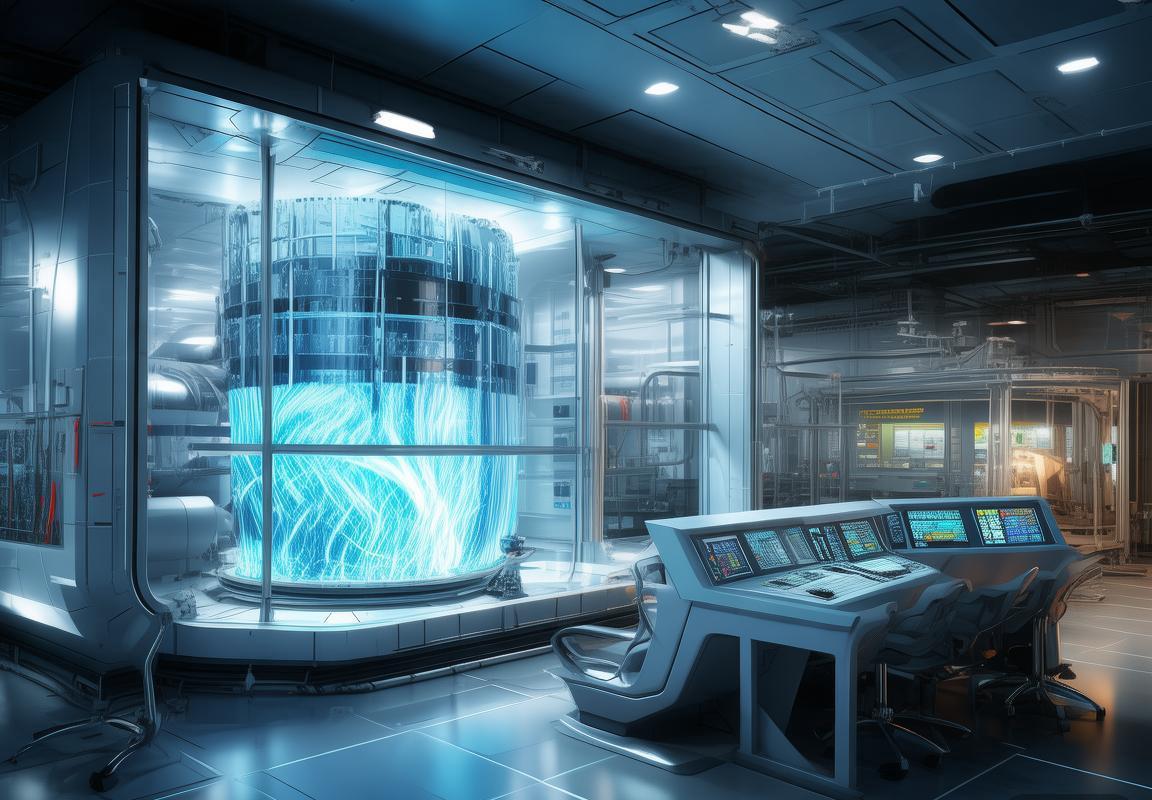
The category of nuclear reactors is not simplest decided by using the coolant however also includes the sort of fuel and layout philosophy. as an instance, Boiling Water Reactors (BWR) and Pressurized Water Reactors (PWR) are each mild water reactors, however they vary of their center layout and cooling strategies.
table: evaluation of predominant forms of Nuclear Reactors
| kind | Coolant | Moderator | fuel type | software area |
|---|---|---|---|---|
| mild Water Reactors | Water | Water | Uranium-235 | energy technology |
| Heavy Water Reactors | Water | Heavy Water | Uranium-235 | clinical research, strength generation |
| Graphite-Uranium Reactors | Graphite | Graphite | Uranium-235 | power era |
| Liquid metal Coolant Reactors | Sodium/Pb | Graphite/Heavy Water | Uranium-235 | electricity generation, commercial warmth supply |
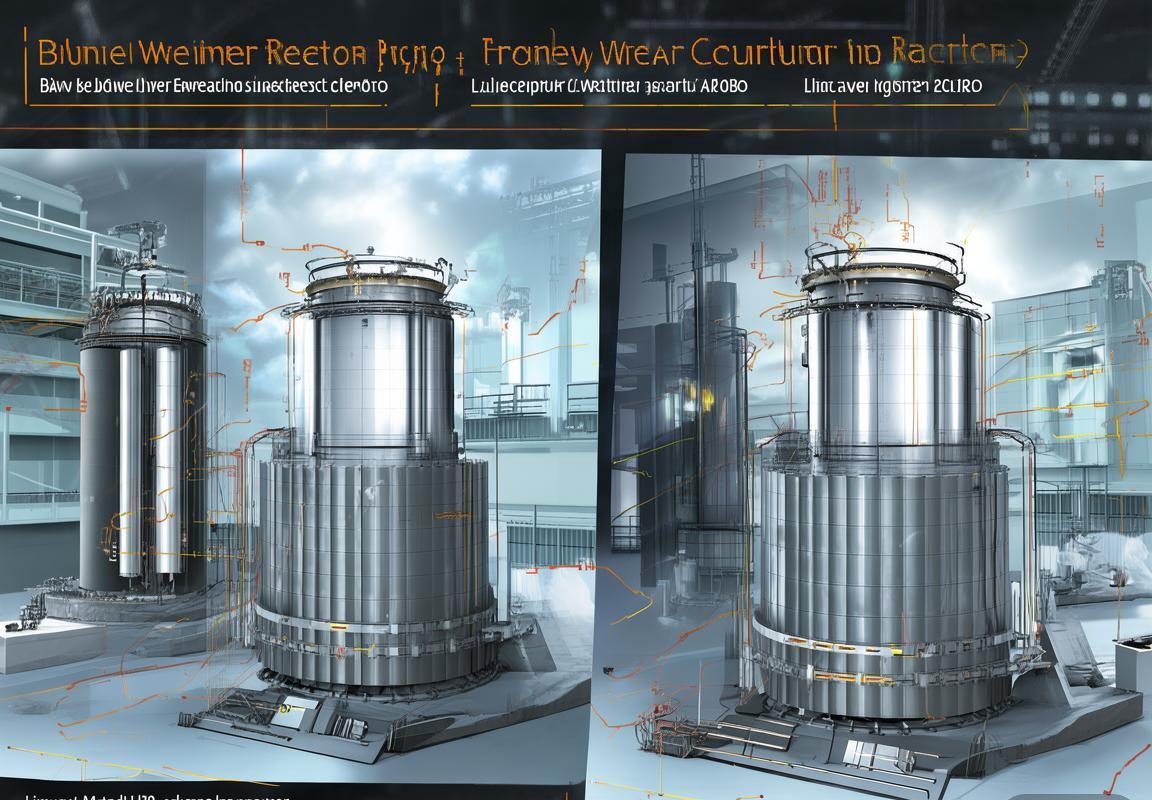
citation:“Nuclear electricity, as a clean and green strength source, performs an crucial function inside the international strength structure.” — international Atomic strength organisation (IAEA)
Key factors:- The nuclear reactor is the middle device for nuclear electricity technology.- unique varieties of nuclear reactors are appropriate for unique software eventualities.- The protection and environmental impact of nuclear reactors are key considerations of their layout and operation.
common Questions and answers:Q: what’s the coolant in a nuclear reactor?A: The coolant in a nuclear reactor can be water, liquid metal, or fuel, relying at the form of reactor. for example, light water reactors use regular water because the coolant.

Types and Applications of Nuclear Reactors
The kinds of nuclear reactors are diverse and feature huge packages. right here are several common varieties of nuclear reactors and their programs:
- mild Water Reactors (LWR): make use of everyday water as both a moderator and a coolant, with packages ranging widely from energy era to heating.
- Heavy Water Reactors (HWR): Use heavy water as a moderator and are appropriate for army and research functions, along with the CANDU reactors in Canada.
- fast Neutron Reactors: Can make use of speedy neutrons to split atoms and convey strength, improving gasoline utilization, and are used for the destiny development of nuclear power.
- Molten Salt Reactors: Use molten salt as a coolant, providing excessive protection and the capability for excessive-temperature operation.
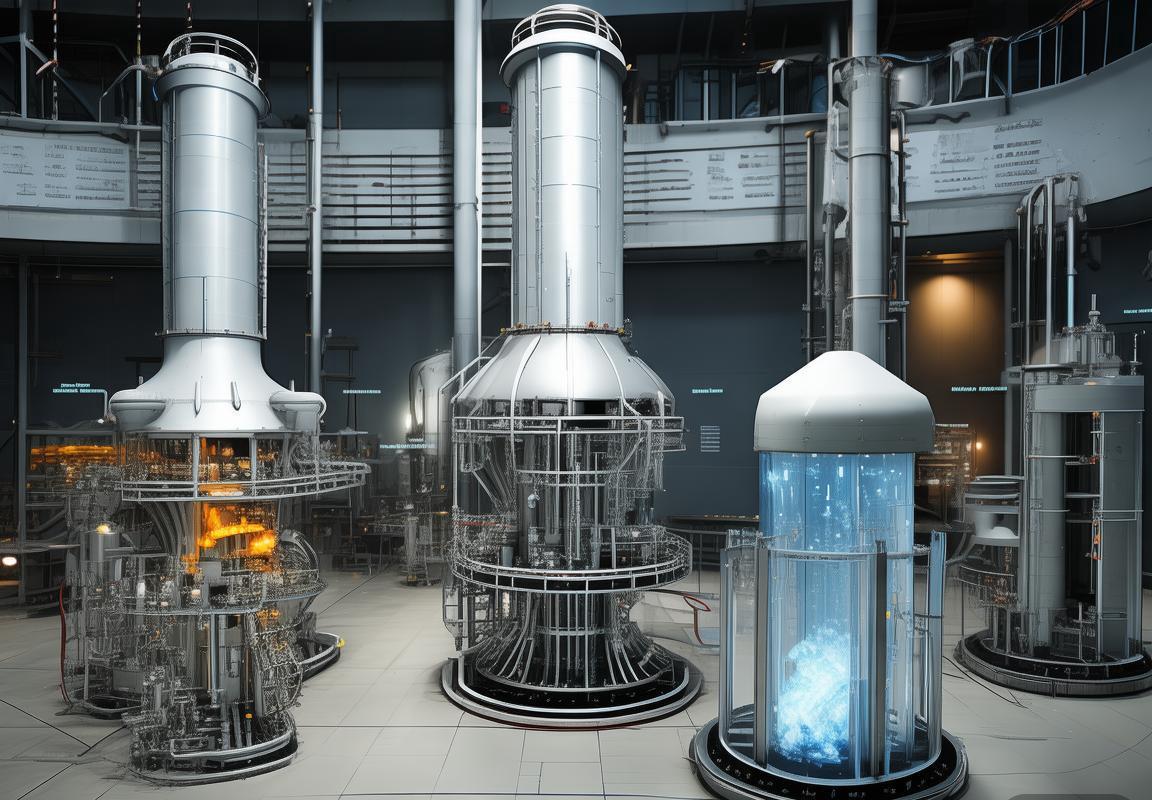
applications include:- electricity era: mild water reactors are the most normally used technique for nuclear power technology.- studies: rapid neutron reactors play a vast role in materials science and nuclear gasoline studies.- business Heating: Heavy water reactors and positive light water reactors can be used for business process heating.
quotation: “according to records from the international Atomic power corporation (IAEA), as of 2023, there are 446 operational nuclear reactors global.” (supply: worldwide Atomic strength corporation)
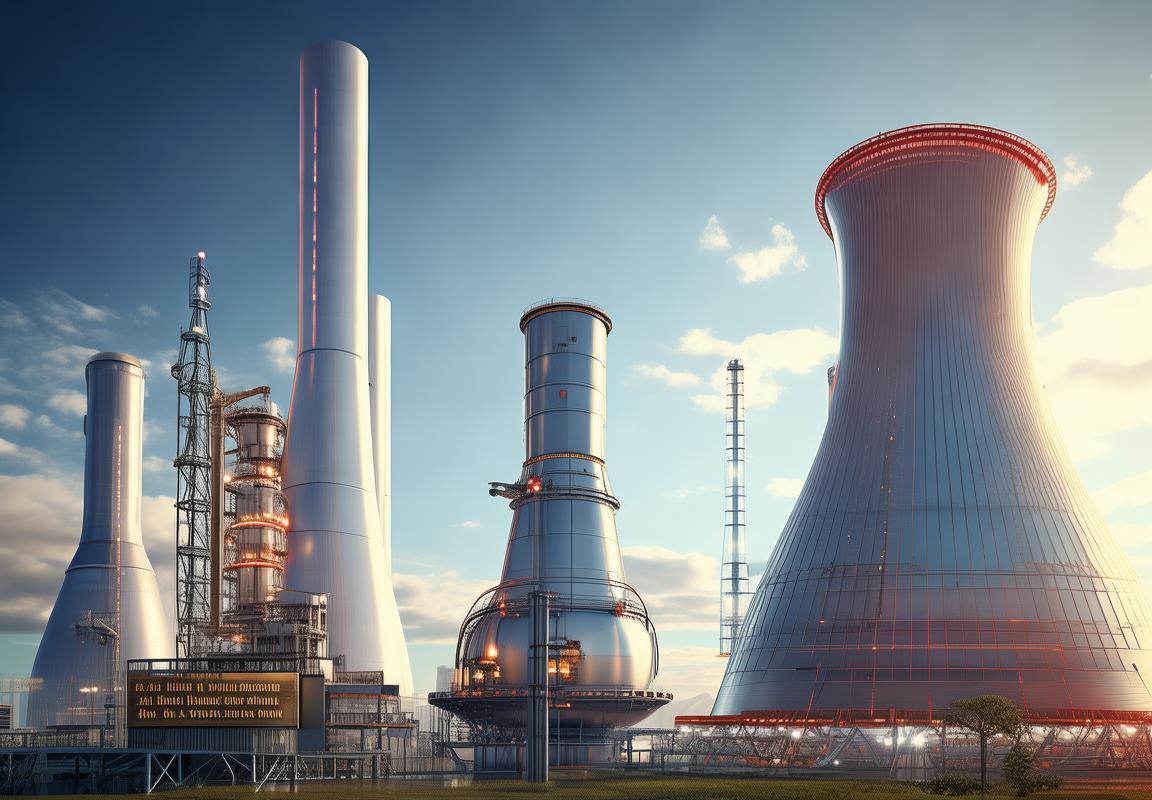
Key factors:- Nuclear reactors come in diverse sorts, every with its particular characteristics.- they’ve a wide range of packages, from strength generation to analyze.- Technological advancements continue to force innovation within the application of nuclear power.
Nuclear Reactor Working Principle: Key Components and Processes
The core of a nuclear reactor lies in its gasoline rods, which incorporate fissionable substances together with uranium or plutonium. whilst neutrons collide with the atomic nuclei in the gas rods, they trigger a sequence reaction, freeing a large amount of warmth energy. below are the key additives and techniques of a nuclear reactor:

- gasoline Rods: Load fissionable substances like uranium-235, which produce power thru neutron collisions.
- control Rods: alter the number of neutrons, controlling the rate of the response.
- middle: carries gas rods and control rods, in which the chain response takes place.
- Coolant: inclusive of water or liquid metal, absorbs warmness and transfers it to the external system.
- heat Exchanger: Transfers heat from the coolant to the steam generator.
- Steam Generator: Heats water to produce steam, which drives the turbine.
- Turbine: Converts steam power into mechanical power, using the generator.
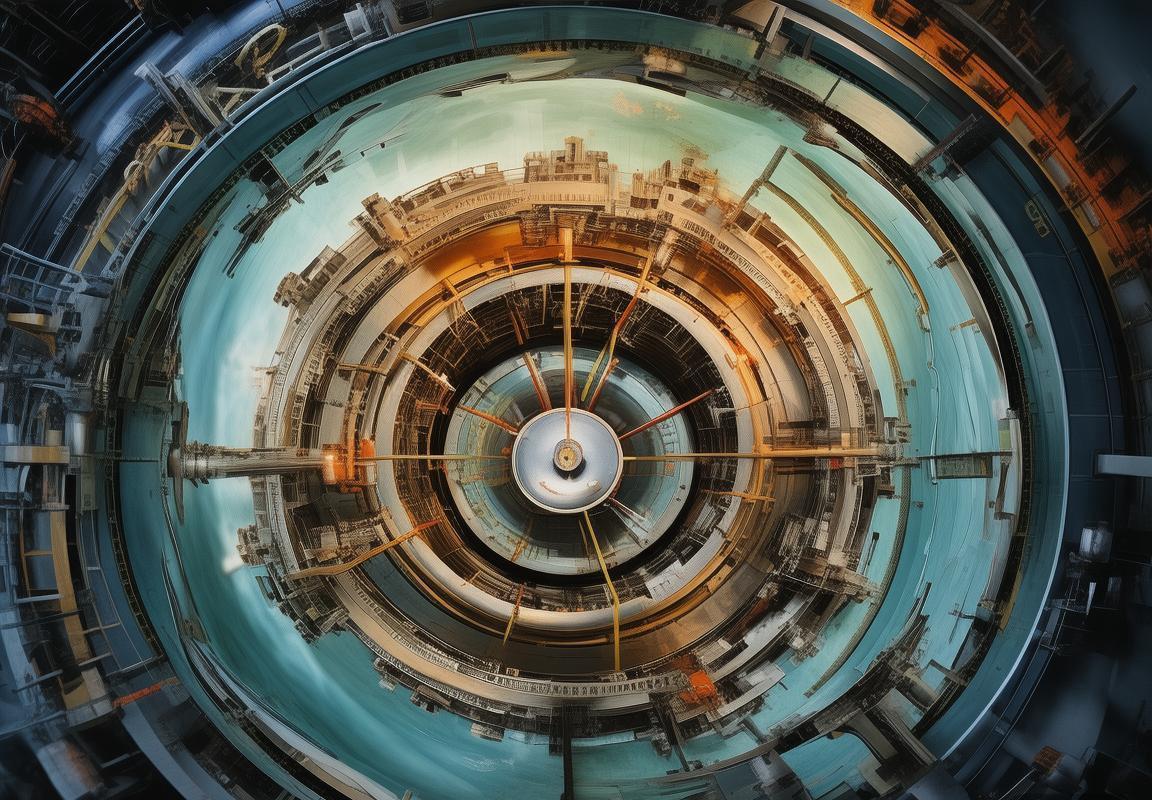
Key factors:- Nuclear reactors produce warmth power via nuclear fission.- control rods are used to precisely alter the response charge.- The coolant flow gadget guarantees the strong operation of the center.
common Questions and answers:Q: How does the warmth power from a nuclear reactor get converted into strength?A: by the use of steam to force the turbine, which in flip drives the generator to produce strength.
Nuclear reactor safety and environmental protection
The protection of nuclear reactors is of paramount significance, and the subsequent are the main protection measures and environmental protection points:
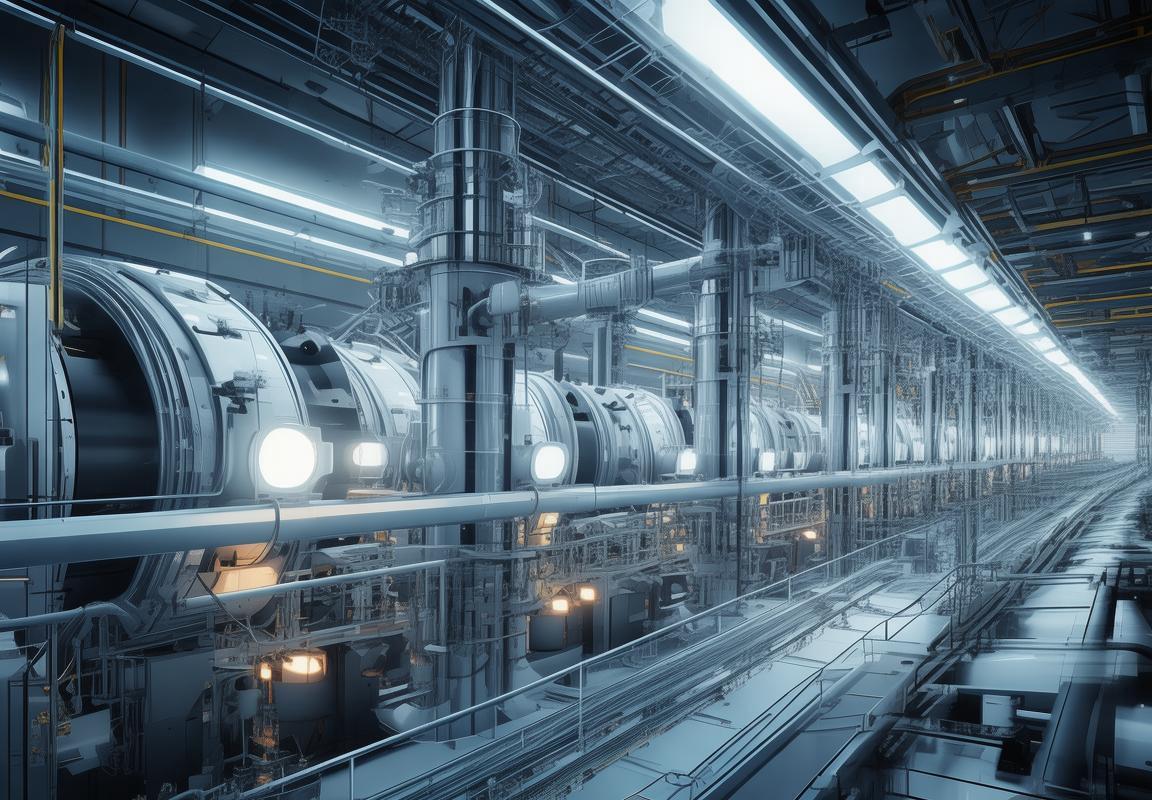
- protection Measures:
- control Rods: Used to alter the variety of neutrons and save you out of control chain reactions.
- Cooling device: Circulates coolant to take away warmness and hold the core temperature.
- Emergency Shutdown machine: robotically stops the response upon detecting anomalies.
- Environmental protection:
- Radioactive Waste management: utilizes, encapsulation, and long-time period garage technology.
- Environmental impact assessment: guarantees that nuclear centers have the minimal effect on the surrounding surroundings.
- Key factors:
- The protection layout of nuclear reactors should follow worldwide standards, inclusive of the ones set with the aid of the IAEA.
- Environmental protection measures have to adhere to countrywide environmental policies, which includes the “Radioactive pollutants Prevention law”.
- often requested Questions:
- Q: What are the safety dangers related to nuclear reactors?
- A: dangers are successfully managed through the layout of more than one safety systems.
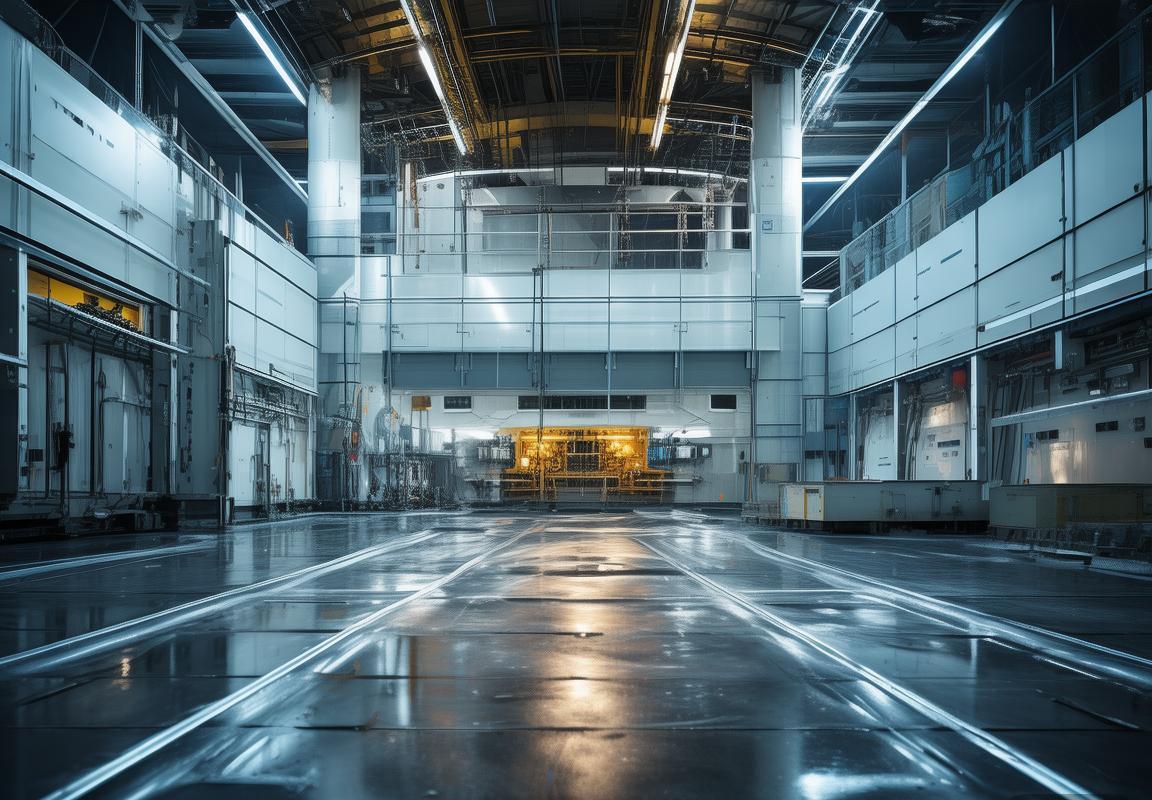
Current Status and Trends of Global Nuclear Reactor Development
- The strength generated from nuclear electricity has been growing year with the aid of 12 months, and as of 2023, the worldwide percentage of nuclear strength era is approximately 10%.
- There are more than 450 nuclear reactors allotted throughout 30 plus international locations.
- list: the principle forms of nuclear reactors include mild water reactors, heavy water reactors, gas-cooled reactors, and many others.
- desk: the following table gives common traits of various types of nuclear reactors:
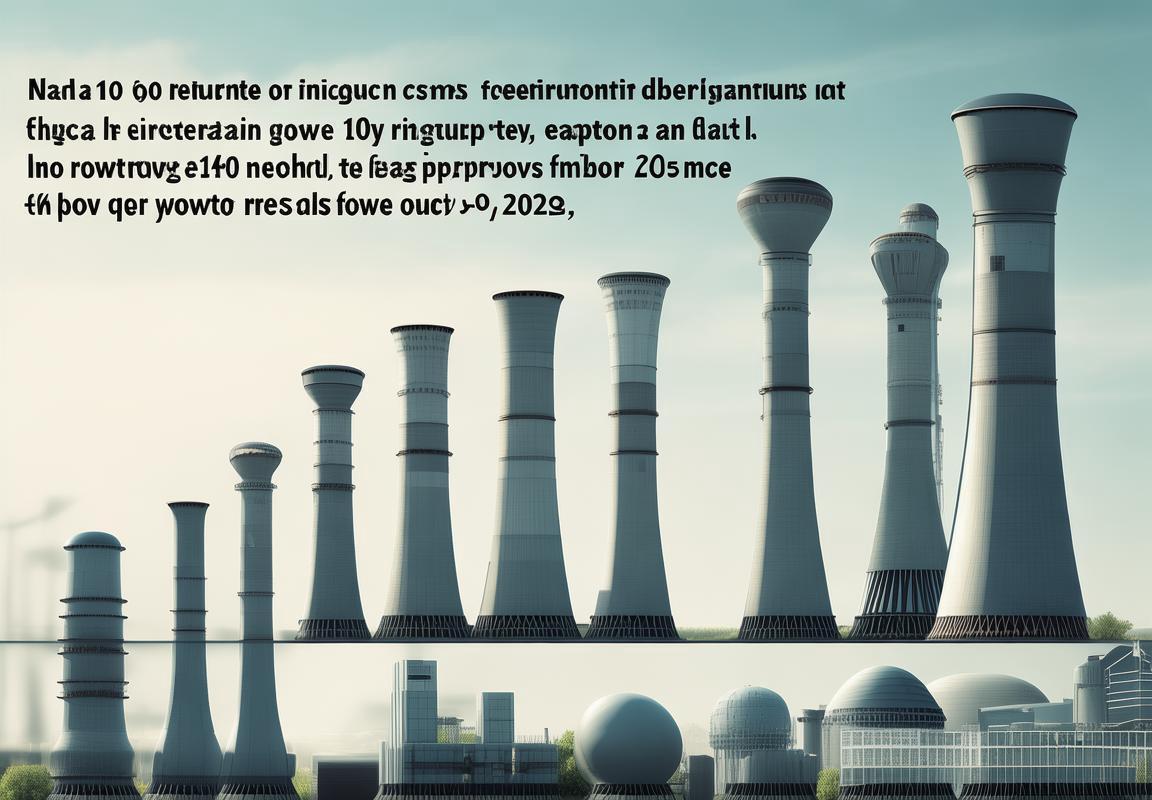
| type | Coolant | Nuclear gas | application area |
|---|---|---|---|
| light Water Reactor | Water | U-235 | energy technology |
| Heavy Water Reactor | Heavy Water | U-235 | power era |
| gas-cooled Reactor | Helium | U-238 | research and power era |
- citation: in line with the worldwide Atomic strength organization (IAEA) record, the global nuclear electricity era reached 2663 terawatt-hours in 2022.
- Key points: New small modular reactors (SMR) are attracting attention, and it is anticipated that they’ll lessen prices and improve safety within the future.
- regularly asked Questions:
- Q: How do nuclear reactors prevent radioactive leaks?A: thru multiple safety limitations, consisting of gas cladding, reactor containment, and cooling structures, among others.

Nuclear reactor application cases in the industrial field
- Nuclear power era: The nuclear reactor is the center of strength manufacturing, consisting of the Unit 1 of the three Mile Island Nuclear electricity Station in the united states, which has been in operation on account that 1974 and has generated over 20 billion kilowatt-hours of electricity in overall.
- Nuclear Heating: In cold regions, nuclear reactors provide stable heating, which includes the Beloyarsk Nuclear strength Station in Russia, whose heating device affords iciness heating for surrounding towns.
- Seawater Desalination: Nuclear strength drives seawater desalination generation, along with the Deveshen Nuclear energy Station in Israel, which processes about 60 million cubic meters of seawater yearly.
- medical programs: Radioactive isotopes produced by using nuclear reactors are utilized in clinical diagnostics and treatments, such as the manufacturing of radioactive tablets.
- business Irradiation: Nuclear radiation generation is used for the irradiation sterilization and amendment of meals, drugs, and commercial materials, enhancing product nice and safety.
- research and education: Nuclear reactors provide neutron assets for clinical research, consisting of the nuclear energy and new strength technology research institute of Tsinghua college in China, which helps nuclear physics studies.
- Nuclear-Powered Ships: Nuclear reactors offer propulsion for ships, which include the u.s.a.company plane service inside the usa, whose nuclear propulsion device allows it to perform for prolonged intervals without refueling.
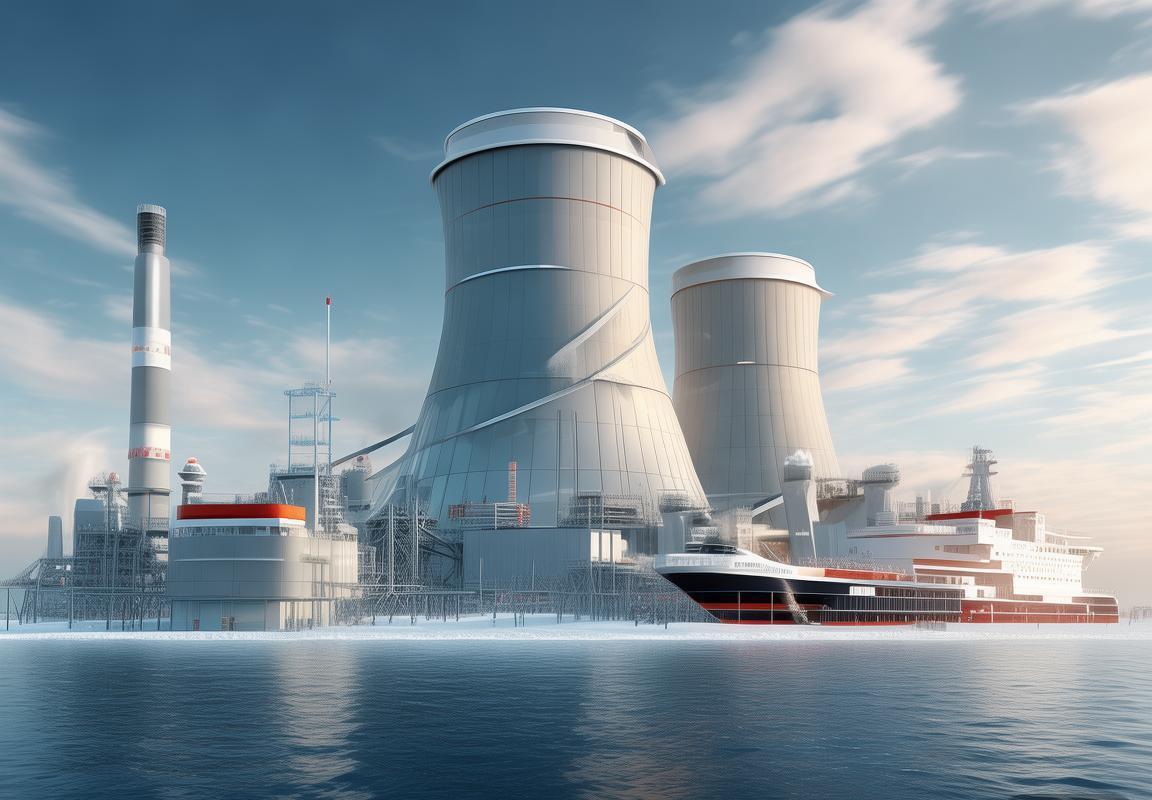
The packages of nuclear electricity now not best improve electricity usage efficiency but additionally sell the development of associated industries.
Common Questions and Answers: Questions and Facts About Nuclear Reactors
- E(educate):How does a nuclear reactor work?
- A nuclear reactor operates by means of harnessing the power launched from the fission of heavy nuclei which include uranium or plutonium, that’s used for energy generation.
- E(interact):What are the important thing additives of a nuclear reactor?
- the important thing additives consist of nuclear fuel rods, manipulate rods, coolant, and the reactor core.
- T(Takeaways):Key points inside the operation of a nuclear reactor
- gas rods undergo fission, manipulate rods regulate the reaction charge, and coolant incorporates away the warmth.
- A(action):applications of nuclear reactors in business fields
- Nuclear strength generation, heating, and seawater desalination, among others.
- usually asked Questions:
- Q: Does a nuclear reactor produce radioactive waste?
- A: yes, nuclear reactors do produce radioactive waste during operation, which calls for strict treatment and long-term storage.
Images















